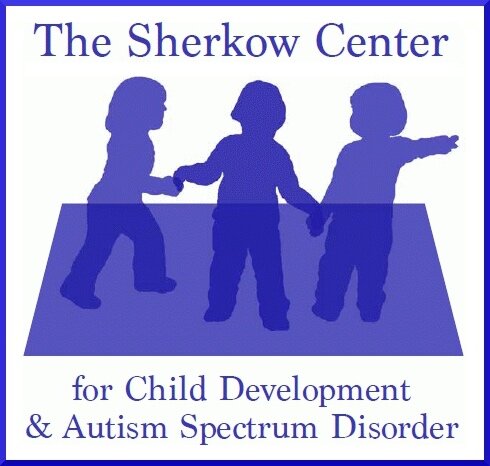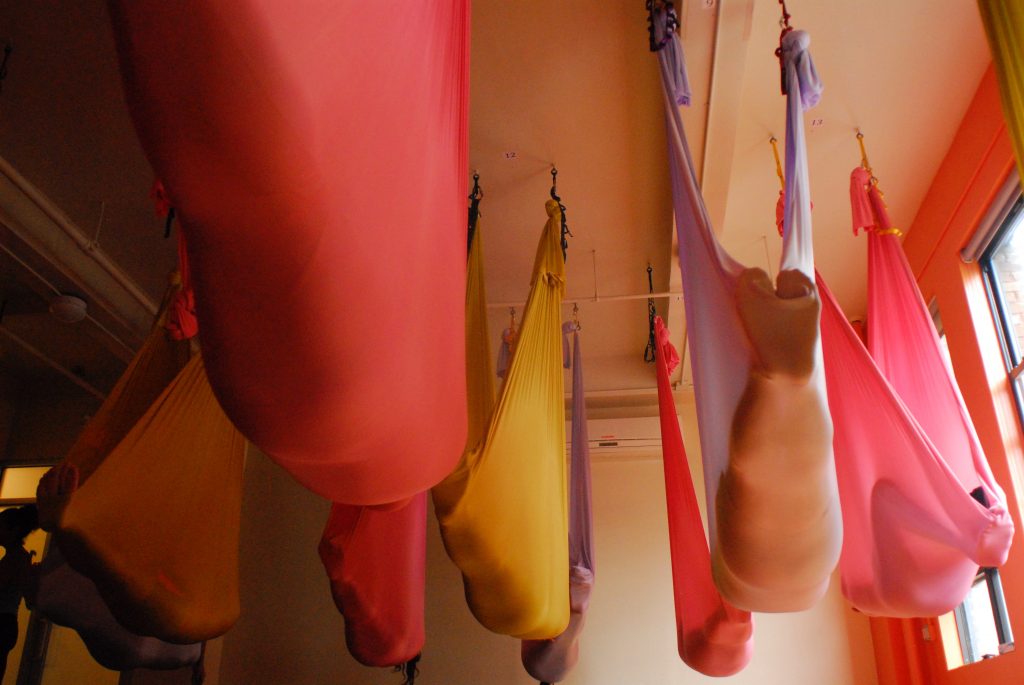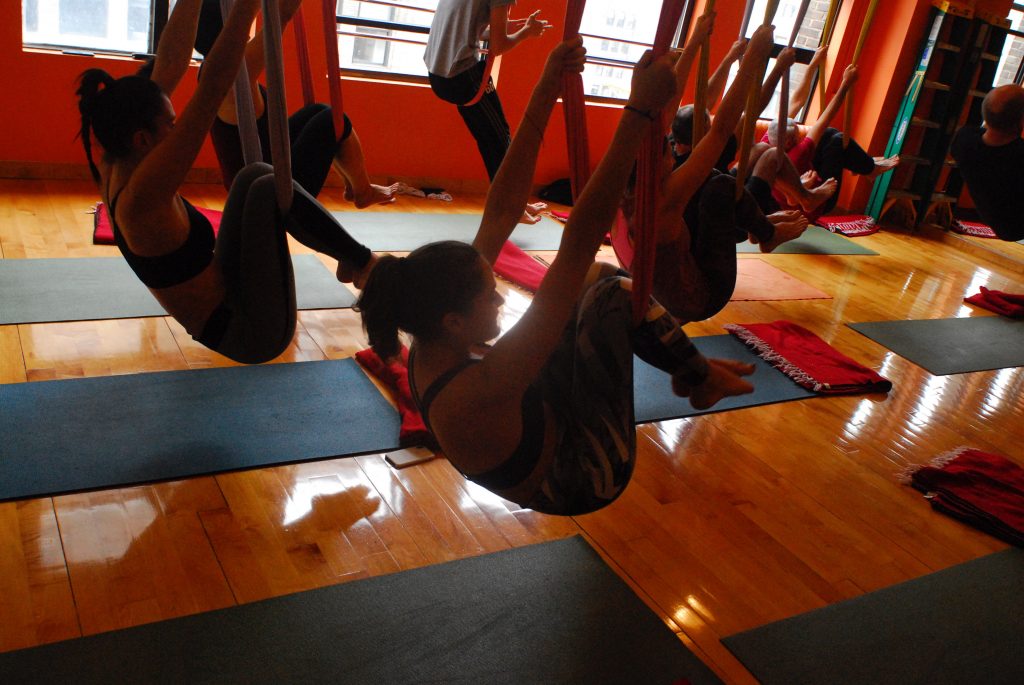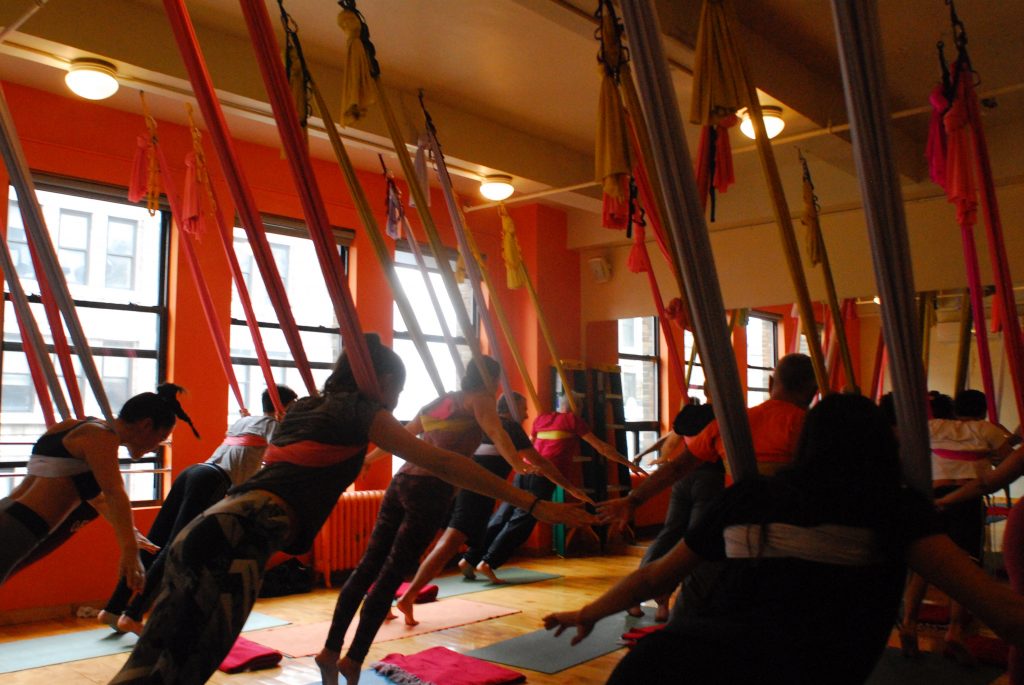By Cynthia Stegman M.A.
What is puberty?
Puberty is a developmental stage that begins approximately anywhere between the ages of 12 and 16, and is initiated by changes in the brain that signal the beginning of bone growth and the maturation of the bodily organs responsible for reproduction. Signals are sent to the centers that produce hormones, and to the reproductive organs that ready the body to make sperm or ovum.
Puberty marks a time of change and adjustment for every youngster, but children on the spectrum are susceptible to undergoing a tremendous disconnect as they enter this stage of development.
It is not uncommon for any child to be caught off guard by the changes that puberty brings, changes which will occur even if the child is not prepared to understand or undergo these changes firsthand. Not only are bodies changing with the appearance of breasts, erections, new hair and new odors, but the brain itself is also changing. Here, we will look at how these brand-new body parts and feelings come about, and how they affect someone on the autism spectrum.
The physical changes of puberty are the most obvious. As hormones begin to prompt the body to change and grow, the brain is likewise being signaled to spark and reinforce new connections between neural pathways. The sudden arrival and intensity of puberty-directed thoughts can be an abrupt and scary change for someone with autism: the brain’s operation manual is literally changing, and change does not come easily to those on the spectrum.
Next, it is important to understand what the brain is doing to everyone who goes through puberty.
The pubertal brain changes how social information is processed. As a result of the new connections forming between neurons, there is heightened self-consciousness, mood variability, novelty seeking, increased risk-taking, and special susceptibility to peer influence, evaluation, and rejection. Preteen girls and boys entering puberty are extremely peer-orientated and programmed for conformity, as they begin to seek acceptance by a group other than their family. The pubertal brain’s executive functions also lag before they fully mature, due to interference in the capacity for delay of gratification and future-planning, although there is an increase in the brain’s working memory. All of this contributes to the generalized character of a brash, rash teenager with little thought of the future and its consequences. This is a normal stage of development, but each person’s reaction to it and journey through it will vary.
Now, how does being on the autism spectrum make this process different?
A preteen on the spectrum who is entering puberty is left stranded in this pubertal process with little or no tools to navigate these new waters. They similarly feel the drive to seek out and conform with peers, yet they often lack the knowledge of how to conform, exactly, and as a result are much more susceptible to the influence, acceptance, or rejection of others. Theory of Mind plays an important role in forming relationships, but for those on the autism spectrum, this is a process where deciphering the needs and concepts of "other" is typically incomplete, not easily available and not fully integrated.
It is indeed known that a key feature of autism is difficulty in grasping key aspects of Theory of Mind, or understanding how another person has a unique point of view, with their own perspectives, intentions, fears and desires influencing how they interact with the world at large. When one is unable to use the concept of Theory of Mind to “walk a mile in another’s shoes,” it is unlikely they will be able to understand how to fit in and conform to the group or individual from whom they are seeking approval. It is often the case that those on the spectrum simply do not have the knowledge to create a template for conforming.
These youngsters on the spectrum are driven to seek out and fit in with others, but it is common for frustration and anxiety to surface instead, rather than a sense of belonging or accomplishment. Without a social template to conform to, appealing to a group or gauging social reactions are difficult, if not also extremely daunting tasks. The changing pubertal brain’s interference with gratification delay also makes any setback that much more intolerable. There is a building conundrum for those on the spectrum of how to recognize or act on the feelings that puberty brings.
These rising levels of confusion and anxiety might make the body rely on former outlets during this confusing transition. For example, a baby on the autism spectrum might have relied on hitting and kicking his mother before learning to use language to signal he was hungry or tired; early intervention services likely taught him how to recognize and deal with the pattern of these emotions, along with internalizing and scaffolding key concepts of self, so that he learned to verbally request what he wanted and learned to self-soothe. However, at the onset of puberty there is an entirely new set of emotions to identify and process with appropriate reactions, and these former tools cannot be adequately stretched or adapted to deal with them.
When a young male on the spectrum begins to notice necklines and hemlines he may become sexually excited, and agitated that he does not understand why he is excited, and anxious about why he is feeling both angry and happy, and scared because this is all new territory. The autistic youngster entering puberty might once again begin kicking and hitting others, even after years of seeming well-adjusted. The pubertal world is brand new, the brain's neural pathways are brand new, but he is left with the same tools of childhood. These tried and tested tools no longer work, and more than that, it is difficult for these youngsters to even give voice to the inner turmoil that puberty brings. They are unwilling or unable to ask for any kind of help, to find new tools and strategies for navigating the pubertal world.
This inevitable transformation only complicates the experience of puberty for those on the autism spectrum. It is vital that these adolescents receive the additional support and resources they need at this developmental milestone to overcome these difficulties.
In our experience, youngsters on the spectrum seem to develop the psychological piece of adolescence before they show physical signs of puberty, which can be very misleading for parents who are not expecting those early changes.
Our next blog will address this topic, along with some techniques and tips for helping your youngster make the transition into puberty.


















